
Picture of the Site of Mackenzie's Fight on the North Fork of the Red
from the book, Encyclopedia of Indian Wars, by Gregory F. Michno.
The new commander of the Department of Texas, Gen. C.C. Aguar, sent
a detachment from Fort Concho under Capt. Napoleon Bonaparte McLaughlin
on a two-month reconnaissance patrol. He returned to confirm captured
comanchero Ortiz's assertions that the main force of the Comanches were
in camps located in the Staked Plains and that army columns could successfully
maneuver in that country. Aguar then summoned Mackenzie to San Antonio
where they held a strategy meeting where they developed a campaign against
the Comanche in their stronghold in the Staked Plains.
McLaughlin's recounter revealed a band of Comanche containing over
two hundred lodges, with a herd of well over one thousand horses, was
camped somewhere on the Staked Plains. Ortiz speculated that it would
probably be found in either Cannon Blanco Mucha Que Valley, North Fork
of the Red River or Palo Duro Canyon.
Mackenzie reestablished Camp Supply on Duck Creek, where he concentrated
his command and dispatched several scouting parties, one of which discovered
a well used road with hoof prints of a large herd of cattle stretching
west toward the Staked Plains. This news peaked Mackenzie's interest
and on July 28th he marched two hundred forty troopers west. August
7th, the men resupplied and rested at Ft. Sumner, New Mexico and then
marched north to Ft. Bascom, New Mexico, arriving August 16th.
Ortiz, who accompanied Mackenzie, directed the return route east, skirting
Palo Duro Canyon. Mackenzie split off detachments to search possible
locations of the Indian camp but with no success. They returned to Camp
Supply on August 31st. The expedition had marched over 640 miles over
the last month and had traversed the Staked Plains by two new routes,
These routes were both shorter and better watered than the Goodnight-Loving
trail that was currently being used to drive cattle to markets in New
Mexico.
Mackenzie rested his men until September 21st when he marched his command
north to search the last potential lair of the Comanche, the North Fork
of the Red River. On September 28th, a scouting patrol, under Boehm,
discovered a large Kotsoteka Comanche village. The command moved within
a half mile of the village before they were spied by the Indians. From
there they charged the village, overtaking it after a half-hour battle.
Mackenzie lost three men and had three wounded. The Comanche lost an
estimated fifty or more including Chief Kai-Wotche and his wife. Mow-way
(Shaking Hand) escaped.
Mackenzie had to promise his Tonkawa scouts their pick of the Comanche
horses, which were estimated to be a herd of 3,000, for them to desist
mutilating and scalping the Comanche victims. Mackenzie also took one
hundred thirty women and children prisoner and had all their property
gathered up and burned. He made camp two miles from the smoking village.
It took the Comanche two attempts that night to stampede their herd.
The soldiers were able to recapture only fifty horses. Mackenzie returned
to Ft. Richardson on October 23. Nine Congressional Medals of Honor
were awarded for gallantry during this campaign.

Baldwin
On November 6 a one-hundred-man Cheyenne party ambushed a much smaller
cavalry patrol on McClellan's Creek but inflicted little damage. Two
days later in the same vicinity, a unit under Lieutenant Baldwin struck
Grey Beard's village with artillery bombardment, cavalry charge, and
infantry who rode through the village in mule-drawn wagons, firing
as they went. Though once again the main portion of the Cheyennes
escaped, the village was taken and destroyed. After this attack the
youngest two of the German girls, Julia Arminda and Nancy Adelaide
were rescued, having been left on a hillside by a member of Grey Beard's
band.
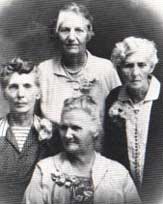 |
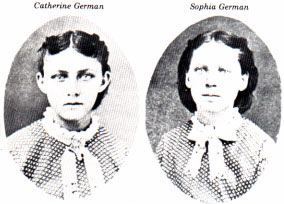 |
All Four German Sisters
|
Julia Arminda and Nancy Adelaide
|
The above story is from the book, Tribal Wars of the Southern Plains,
by Stan Hoig; Copyright © 1993 by the University of Oklahoma Press.
Reprinted by permission. All rights reserved.
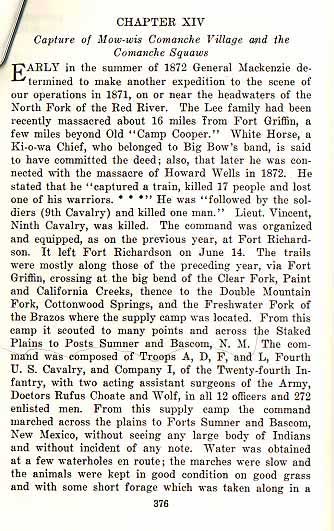
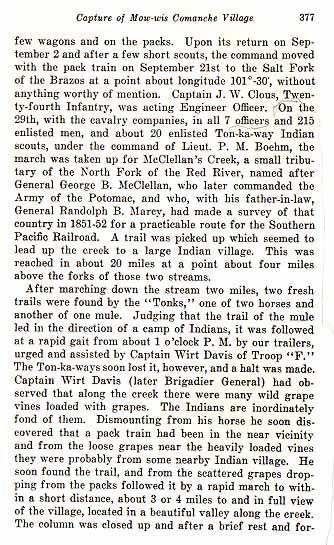

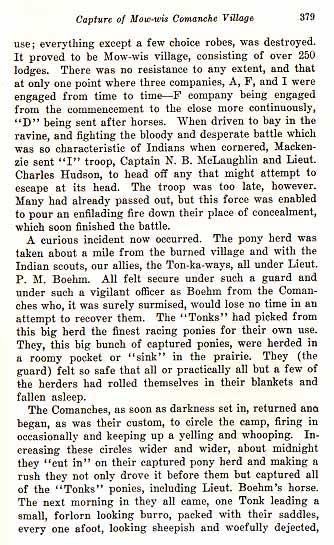
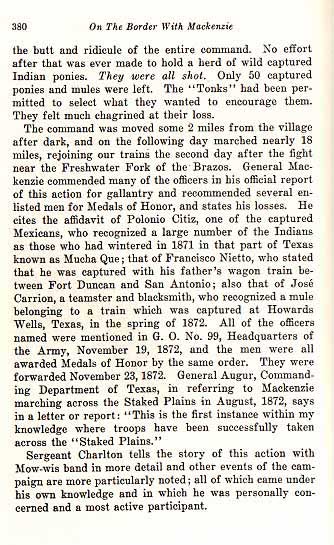
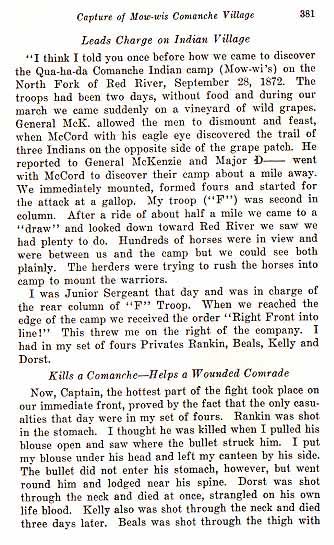
Mackenzie's Raid into Mexico
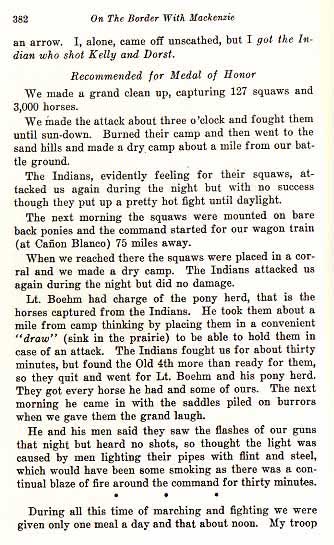

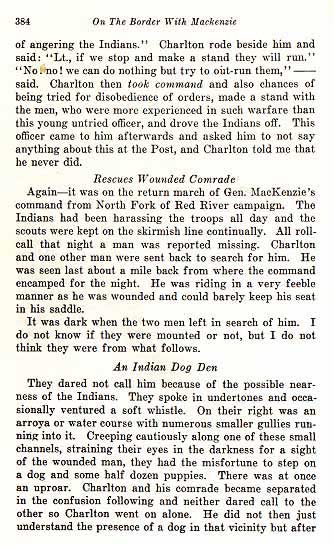
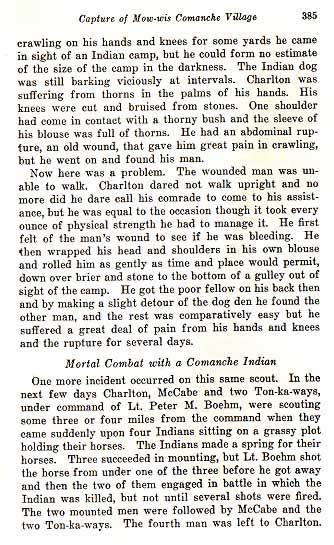
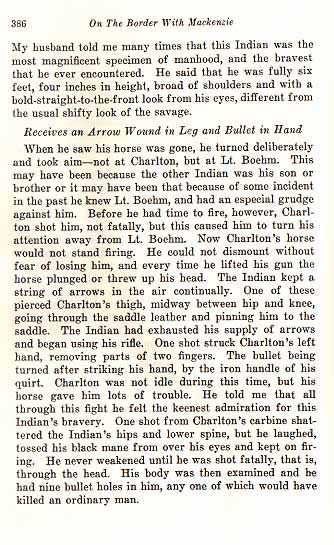
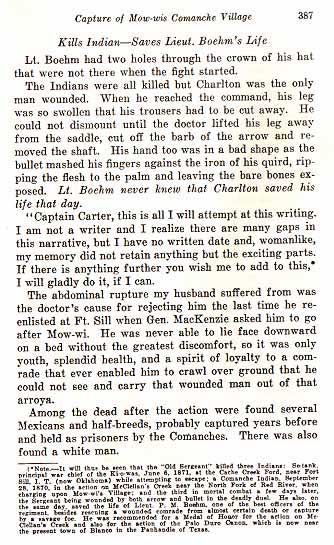
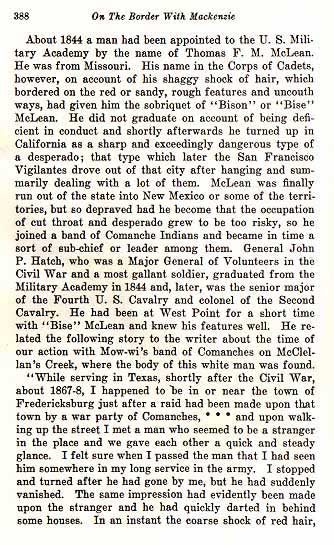
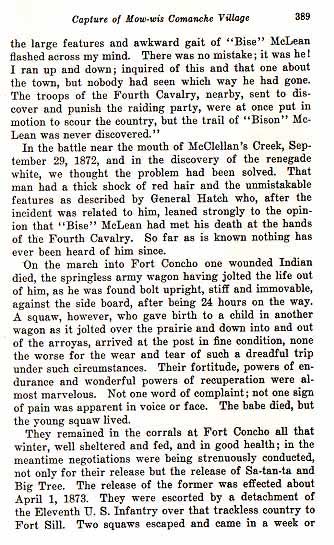
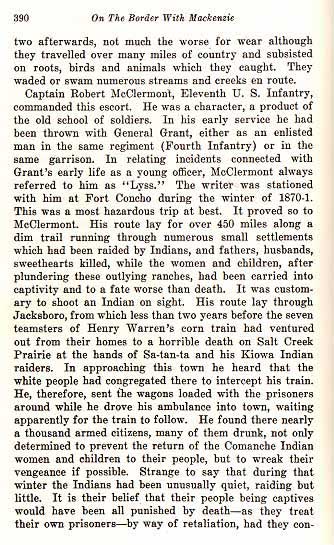
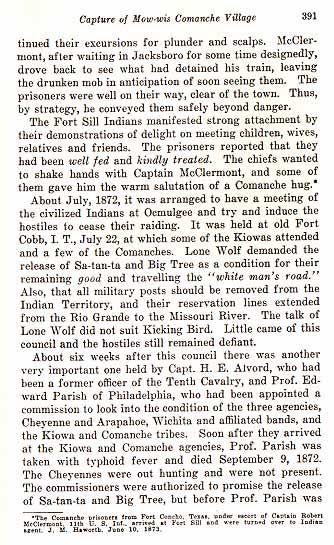
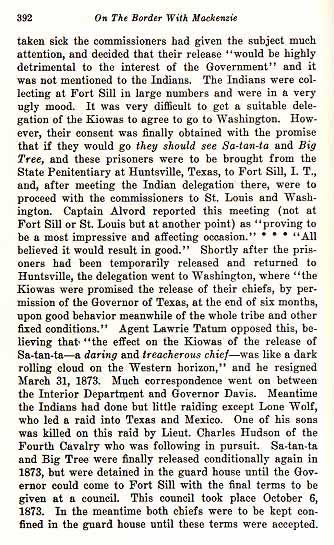
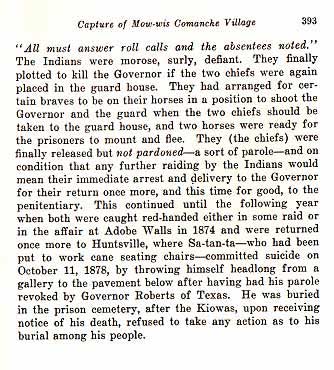
The above story is from the book, On the Border With Mackenzie, by Captain R.G. Carter.
|






















